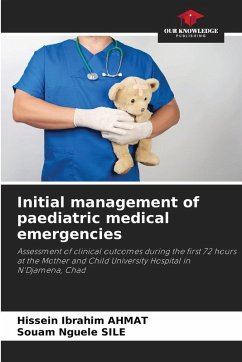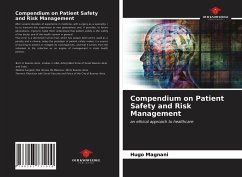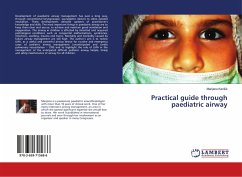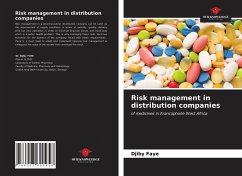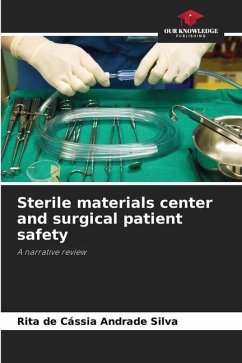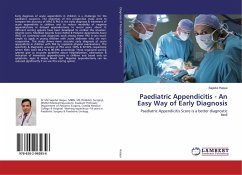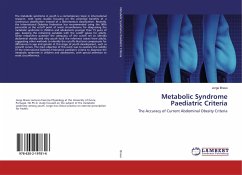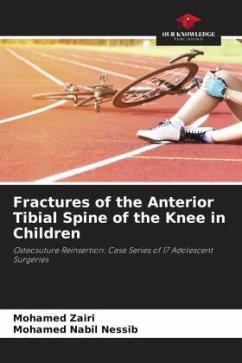
Patient safety & risk management in paediatric and adolescent surgery
Combining aspects of aviation safety culture with aspects of fast-track paediatric surgery
Versandkostenfrei!
Versandfertig in 6-10 Tagen
22,99 €
inkl. MwSt.

PAYBACK Punkte
11 °P sammeln!
Increasing patient safety and effective risk management as part of good quality management in healthcare has been a hotly debated topic for some time. Initial aspects of this issue at a global level can be found in the Millennium Development Goals promoted by the UN for 2015. Naturally, these focus particularly on the area of public health and less on surgical patient care. However, given that more patients worldwide die from surgical diseases than from HIV, tuberculosis and malaria combined, the GIEESC was established and published a list of 15 surgical conditions which, particularly in devel...
Increasing patient safety and effective risk management as part of good quality management in healthcare has been a hotly debated topic for some time. Initial aspects of this issue at a global level can be found in the Millennium Development Goals promoted by the UN for 2015. Naturally, these focus particularly on the area of public health and less on surgical patient care. However, given that more patients worldwide die from surgical diseases than from HIV, tuberculosis and malaria combined, the GIEESC was established and published a list of 15 surgical conditions which, particularly in developing countries, should lead to a reduction in mortality and morbidity risks through the provision of appropriate resources. Building on this, guidelines for comprehensive institutional and clinical risk management in surgery have been published by risk managers, patient safety experts and the medical self-governing body in Germany. Traditionally, these guidelines refer primarily to adult surgery and not to paediatric surgery.



